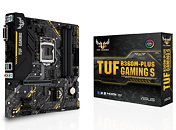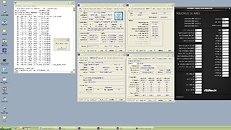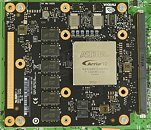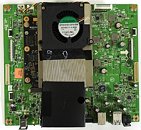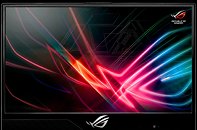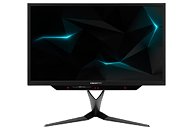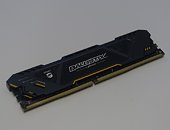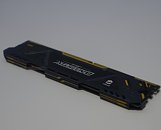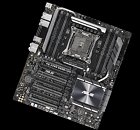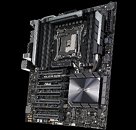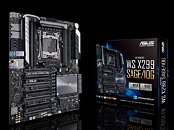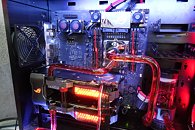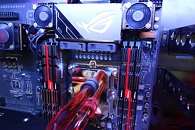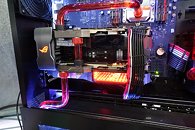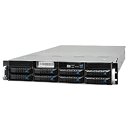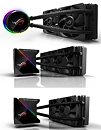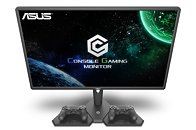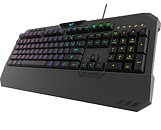
ASUS Intros TUF B360M-Plus Gaming S Motherboard
ASUS expanded its mid-range TUF Gaming motherboard lineup with a new micro-ATX socket LGA1151 motherboard, the TUF B360M-Plus Gaming S. Built with the characteristic black+yellow color scheme and the polygonal shape, this board takes in 8th generation Core processors. It draws power from a combination of 24-pin ATX and 8-pin EPS power connectors, conditioning it for the CPU with a 4+3 phase VRM. The CPU is wired to four DDR4 DIMM slots, and a reinforced PCI-Express 3.0 x16 slot. Two other PCI-Express 3.0 x1 slots, and three M.2 PCIe slots make for the rest of the expansion.
Storage connectivity includes two M.2-2280 slots with PCIe gen 3.0 x4 wiring, one of which also has SATA 6 Gbps wiring; and six SATA 6 Gbps ports. The third M.2 slot is 30 mm long, has PCIe 3.0 x1 wiring, and is meant for CNVi WLAN cards. Networking is handled by an Intel i219-V controller driving a GbE interface. The onboard audio solution combines an entry-level Realtek ALC887 codec with 6-channel output, audio-grade capacitors, and ground-layer isolation. USB connectivity includes two USB 3.1 gen 2 (both type-A), four USB 3.1 gen 1 (three type-A, one type-C), two USB 3.1 gen 1 front-panel ports by header; and a number of USB 2.0 ports. The board features an RGB LED ornament at the top-right corner, and a 4-pin RGB LED header, controlled by Aura Sync RGB software. The board is expected to be priced around USD $120.
Storage connectivity includes two M.2-2280 slots with PCIe gen 3.0 x4 wiring, one of which also has SATA 6 Gbps wiring; and six SATA 6 Gbps ports. The third M.2 slot is 30 mm long, has PCIe 3.0 x1 wiring, and is meant for CNVi WLAN cards. Networking is handled by an Intel i219-V controller driving a GbE interface. The onboard audio solution combines an entry-level Realtek ALC887 codec with 6-channel output, audio-grade capacitors, and ground-layer isolation. USB connectivity includes two USB 3.1 gen 2 (both type-A), four USB 3.1 gen 1 (three type-A, one type-C), two USB 3.1 gen 1 front-panel ports by header; and a number of USB 2.0 ports. The board features an RGB LED ornament at the top-right corner, and a 4-pin RGB LED header, controlled by Aura Sync RGB software. The board is expected to be priced around USD $120.



